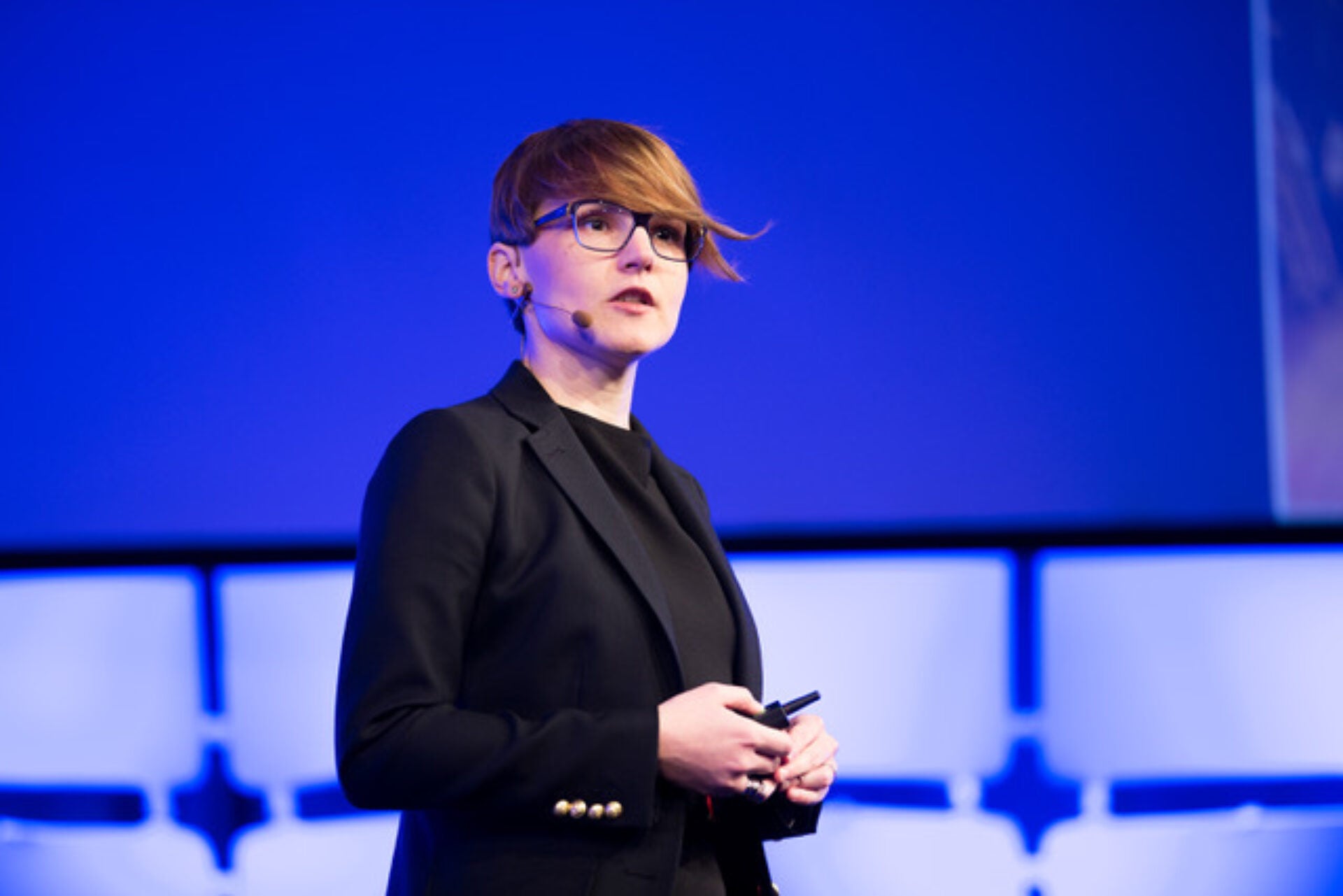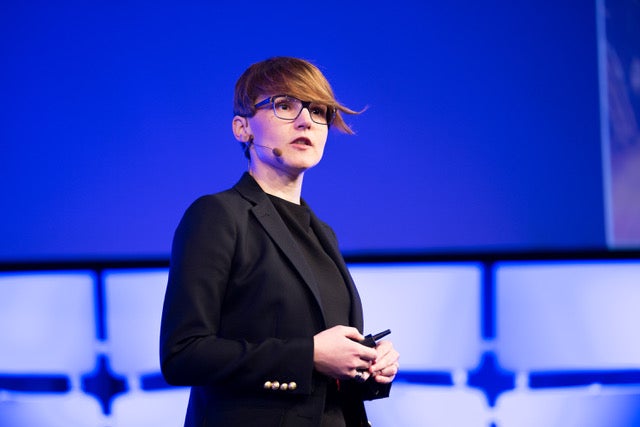
A Carbon-Free Synthetic Fertilizer
The Haber-Bosch process for synthesizing ammonia transformed our agricultural system in the early 20th century. But today’s process uses 1 to 2 percent of global energy each year. Three engineers are exploring zero-carbon ways to meet the world’s growing fertilizer needs.

The Haber-Bosch method is “one of the most engineered processes” in the world, Professor Aleksandra Vojvodic says. It’s how we make most industrial fertilizers—by creating ammonia from nitrogen and hydrogen with a metal catalyst under high pressure and heat.
But the Haber-Bosch process, first implemented in 1913, is also ripe for disruption.
It’s an energy-intensive process that involves burning methane. Despite the longstanding use of this tried-and-true method, Vojvodic and fellow engineering professors Ray Gorte and John Vohs, are researching ways to replace it with a cleaner, greener process.
Engineering Energy Policy: How Penn Engineers Are Shaping Our Future 5
The problem lies not only in the chemistry of synthesizing ammonia; but in the need for an industrial scale process that can compete with Haber-Bosch. “We need it fast, we need it cheap, and we need a lot of it,” Vojvodic says of the demand for fertilizer. Ironically, the Haber-Bosch process serves so many needs well, except for those of the planet.
Vojvodic and the Gorte-Vohs teams are approaching the problem differently. Vojvodic is focused on finding new materials that serve as catalysts. Because she conducts all her experiments virtually, with computations, she can sort through thousands of potential materials using algorithms. Her program can solve quantum mechanical equations depending on the chemistry. “It’s like a puzzle,” she says, describing the effort to match potential materials to the chemical reaction.
Gorte and Vohs are trying to synthesize ammonia using fuel cells. The concept is to bring water on one side, nitrogen on the other, and with electricity make ammonia. “Almost all of the work up to date has focused on trying to come up with new electrolytes to do that. What’s novel about the approach we’re taking is we’re arguing the electrolyte is irrelevant. It’s really the electrode catalysis that one has to focus on.”
The Haber-Bosch method is enormously energy intensive—it consumes roughly 3 to 5 percent of the world’s natural gas, and 1 to 2 percent of the world’s energy supply. If a better method could work at scale, it would have a tremendous impact across the globe.
“If one can come up with a different way to make ammonia that uses solar energy for example, it changes the equation,” Gorte says. “That’s an example of how new technology can lead to policy decisions.”
Policy Challenge
The 2015 Paris Climate Agreement recognizes that we have a “fundamental priority of safeguarding food security and ending hunger, and the particular vulnerabilities of food production systems to the adverse impacts of climate change.” Fertilizer helps provide food security, but with enormous environmental impacts. Organic fertilizers avoid burning fuel, but are pricey, still release carbon, and produce lower yields.
The Numbers
Following the discovery of the Haber- Bosch process, unlimited synthetic fertilizer improved land productivity by approximately 400 percent and our food system now supports a 5x increase in population.
Further Reading
We need it fast, we need it cheap, and we need a lot of it.
Aleksandra Vojvodic
